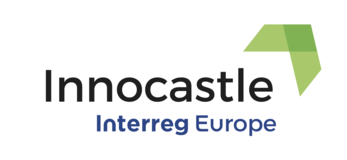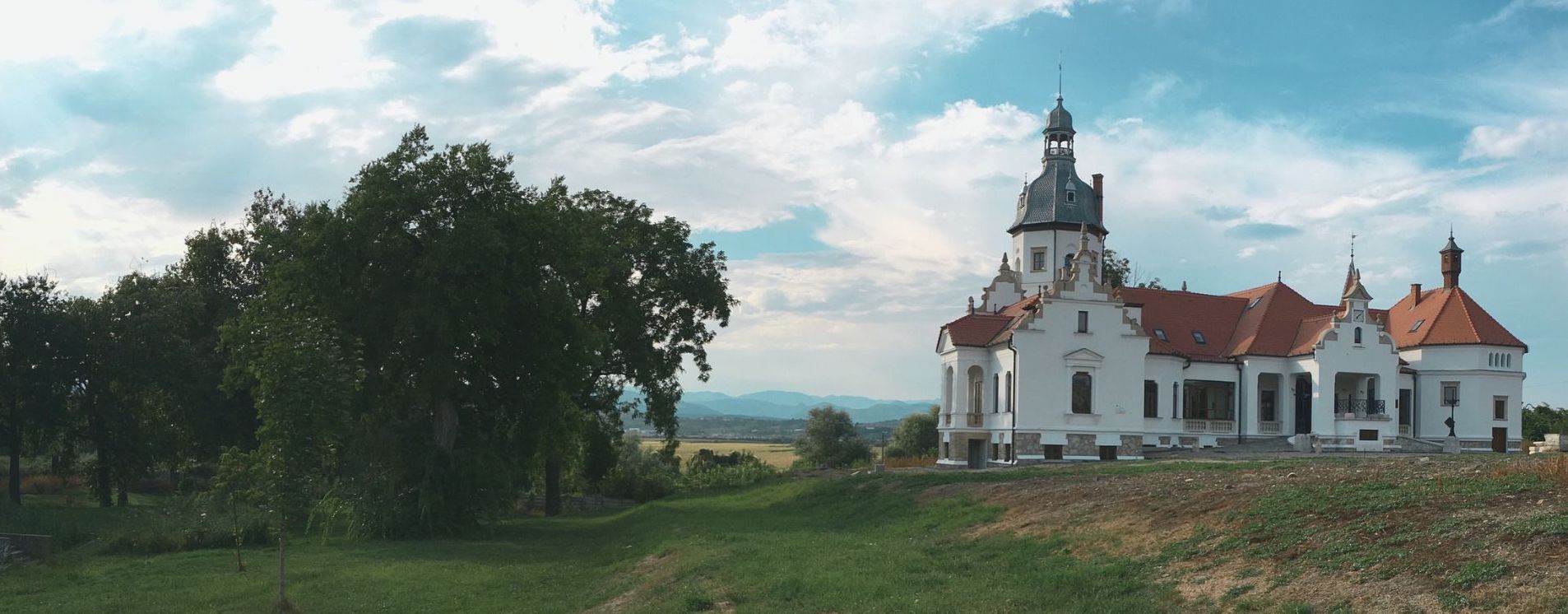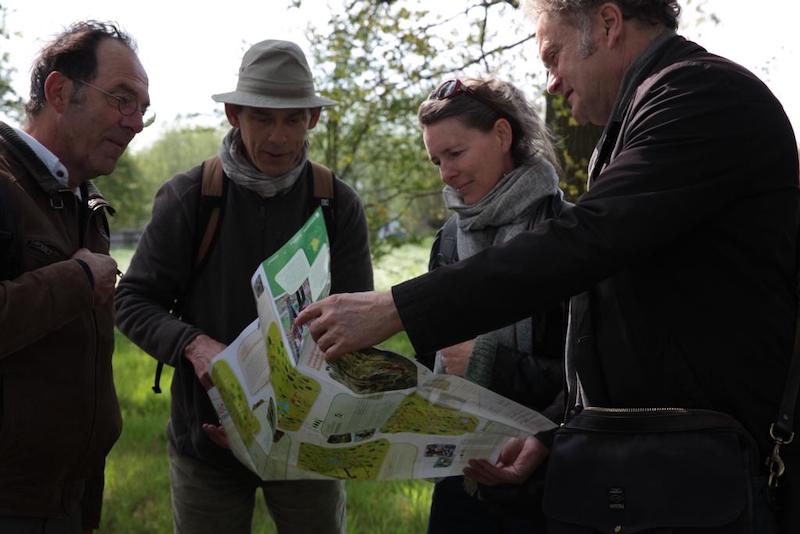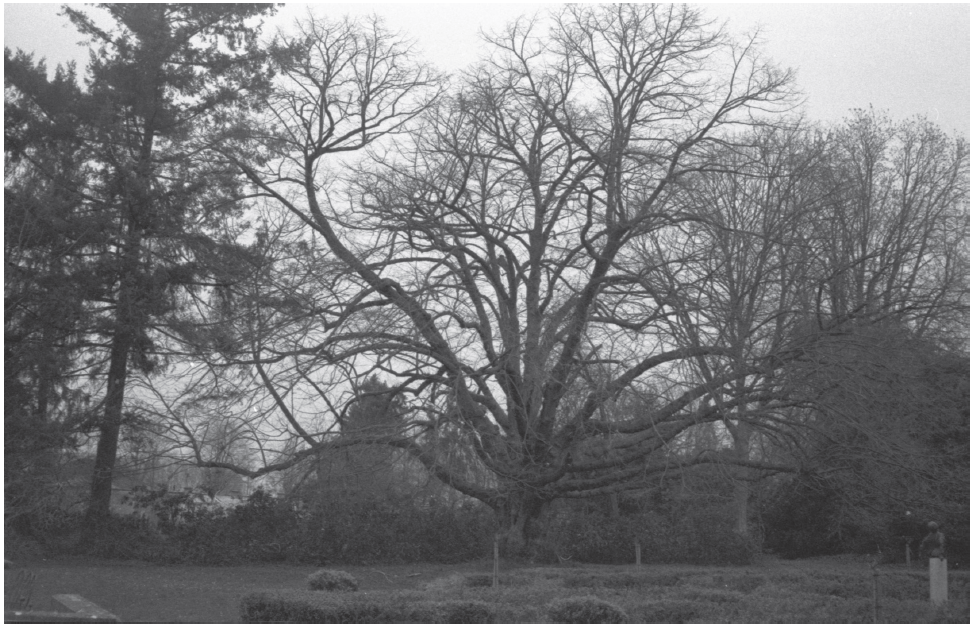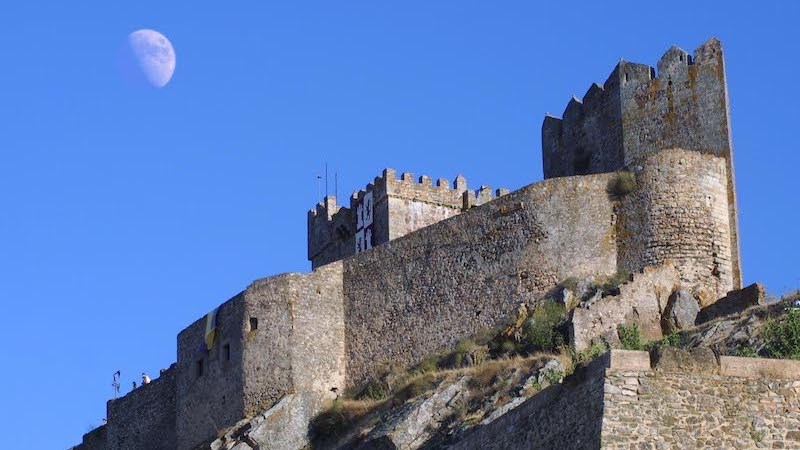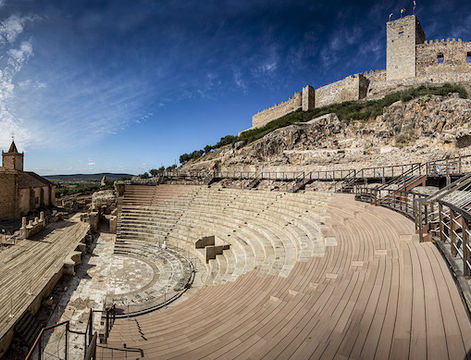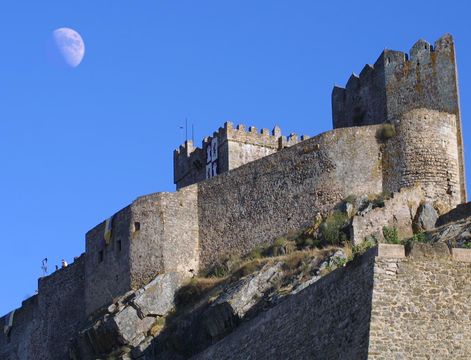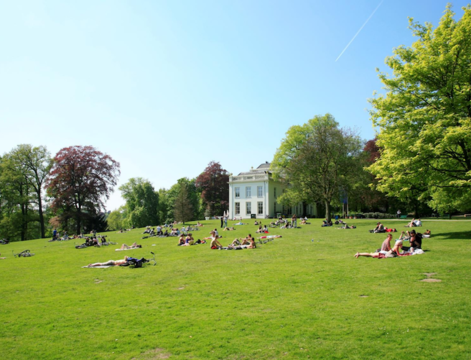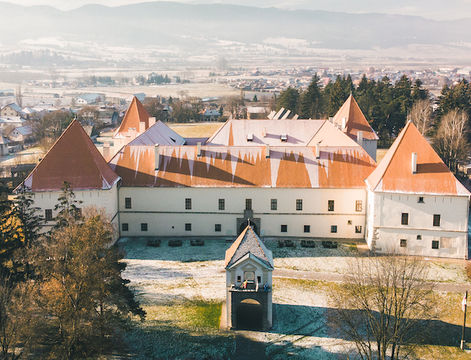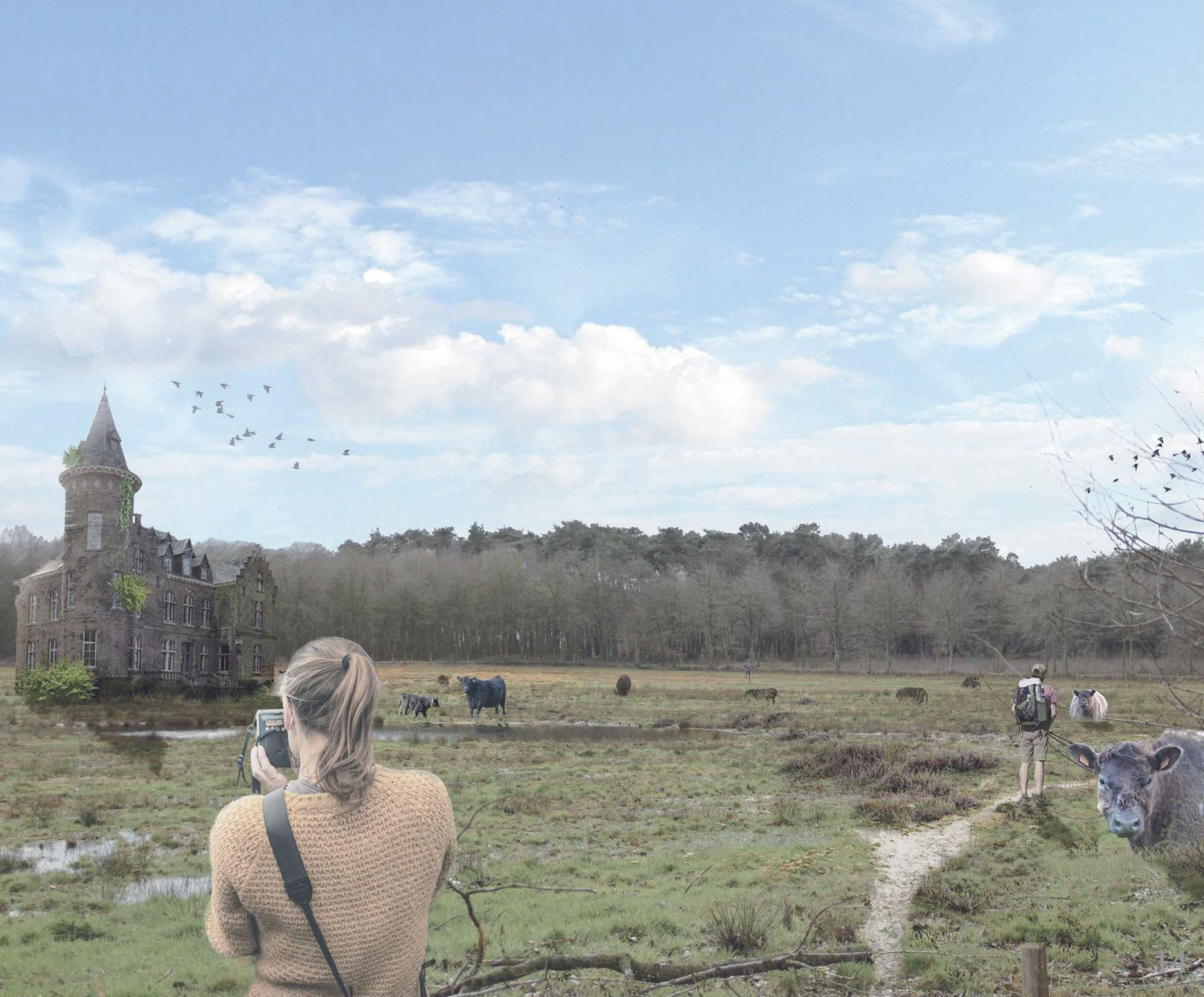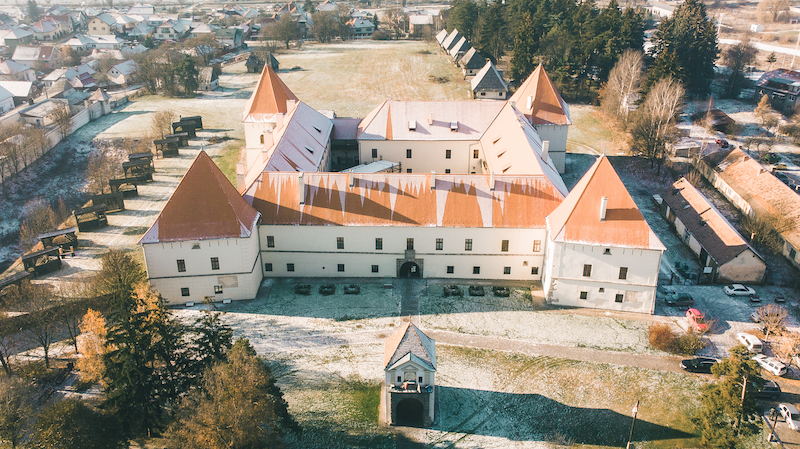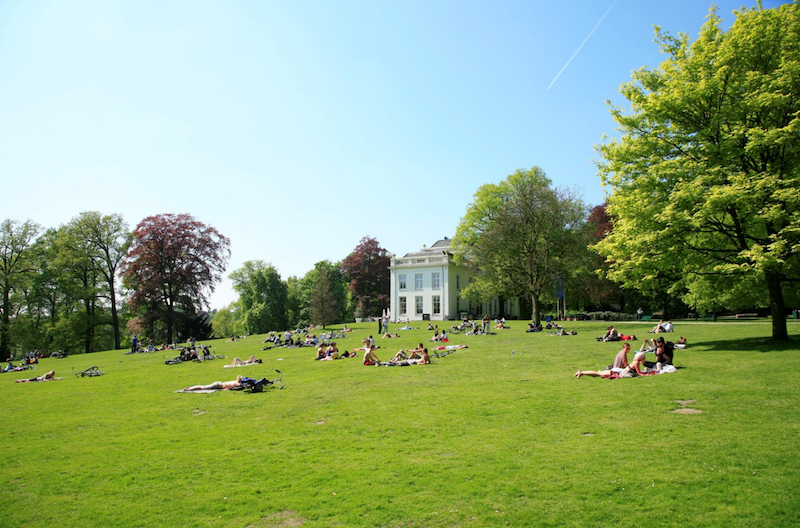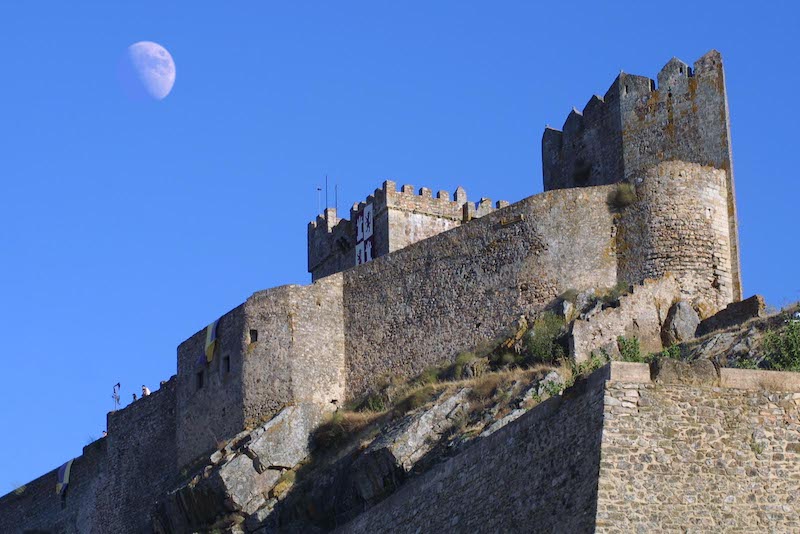Challenges in the region
The main challenges in the Center Region are the continuous drop of demographics throughout the territory due to migration of young and qualified people and the increase of poverty in towns and rural areas due to polarization of the economy in the big cities and their surroundings. From a cultural point of view, an important challenge is the continuous change of the ethical structure, which affects the multiculturalism of the region, one of its main assets. The cultural diversity as well as the rich nature make the Center Region one of Romania's best known areas for tourism, an economic sector that is envisioned gain a more important role in regional development.
The built heritage is one of the main expressions of the region’s cultural diversity but it faces several threats due to the faulty national protection system. In this context, the regional network of historic castles, manors and estates, former rural catalysts for local development, struggle to reinvent themselves. Main challenges include estate fragmentation, poor collaboration between stakeholders and the lack of a coherent framework. Through Innocastle, the National Institute of Heritage aims to improve several policy instruments in order to increase the role of heritage in the regions and to change the national mentality from heritage as a cost to heritage as an investment in regional development.
Detailed description of all the learning cases is available here.
Action plan
The National Institute of Heritage started by targeting the Regional Operational Programme 2014-2020, the main source of financing for heritage restoration in Romania. Through Innocastle, the partner hopes to increase the quality of the restorations financed through these programme and to switch the focus from mere restoration to a more sustainable approach, including business diversification and valorisation of the site.
Moreover, the partner is also looking into the National Restoration Program (PNR) and the Historical Monuments Stamp Duty (Timbrul Monumentelor Istorice - TMI) run by the Ministry of Culture through the National Institute of Heritage (INP). Specifically, the focus will be on engaging stakeholders throughout the entire restoration process financed by PNR, in order to build a sustainable plan for the management of the buildings after they have been restored, through several activities that can be financed through TMI.
Learning cases in short
The Teleki Triangle - New ways to fund and conduct research, based on a historical landscape approach

Through Innocastle, the National Institute for Heritage in Romania aims to use a territorial approach to generate a common framework for the estates and the neighboring areas, in order to create an integrated approach from both the functional point of view, and the financing needed for restoration.
Rhédey Castle - Example of multiple financing

One of the aims of this learning case is to study how this project went through all the stages within the National Restoration Programme: from concept, through tenders, execution and current management. The second step will be to study how local authorities assessed diverse funding for complementary projects.
The Bornemisza Estate - Several layers of history - enhancing collaboration between stakeholders and create a sustainable plan for the estate

The aim of the learning case is to study how the National Restoration Programme can be complementary to other funds and to see how the programme’s impact on restoration works can be improved (also through the use of the Historical Monuments Stamp Duty for research and local activation). Cooperation between owners in order to improve the quality of restoration works is needed.
